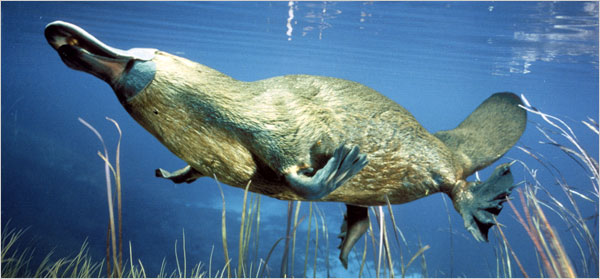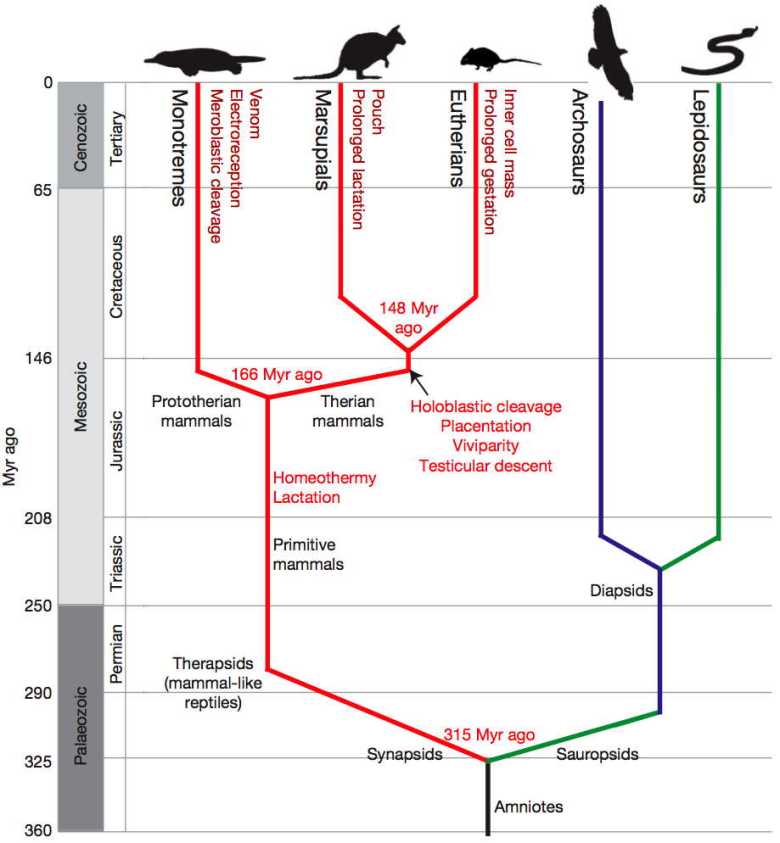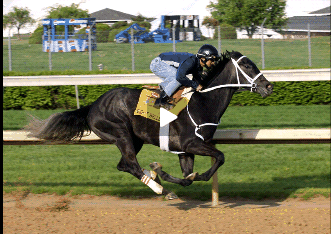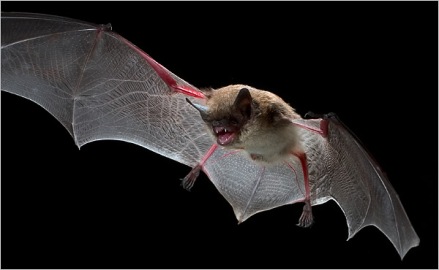Coyotes are getting more urbanized and more used to people. They are adding small children to their potential menu.
Southern California:
- A coyote grabbed a 2-year-old girl by the head and tried to drag her from the front yard of her mountain home
- On Friday, a nanny pulled a 2-year-old girl from the jaws of a coyote at Alterra Park in Chino Hills, a San Bernardino County community about 30 miles east of Los Angeles. The girl suffered puncture wounds to her buttocks.
- A coyote came after another toddler in the same park Sunday. The child’s father kicked and chased the coyote away. That incident prompted Fish and Game officials to temporarily close the park, which is near Chino Hills State Park, a natural open space of thousands of acres spanning nearly 31 miles.
- Eleven-year-old rescues toddler from coyote. State wildlife officials are saying it could be the first coyote attack on a human in New Jersey. ..when it grabbed little Liam Sadler, [Ryan] Palludan instinctively sprang into action, yelling and kicking at the attacker which was later determined to be a coyote.
Across the country coyotes are moving into cities and suburbs showing up in unusual places – like the one that wandered into a Chicago sandwich shop last year. And in April, 2007, a coyote caused a stir in downtown Detroit, running loose for about one hour before being captured by local animal control officers. The advice for people who encounter coyotes in the city or anywhere else is to make plenty of noise – that should scare them away.
















